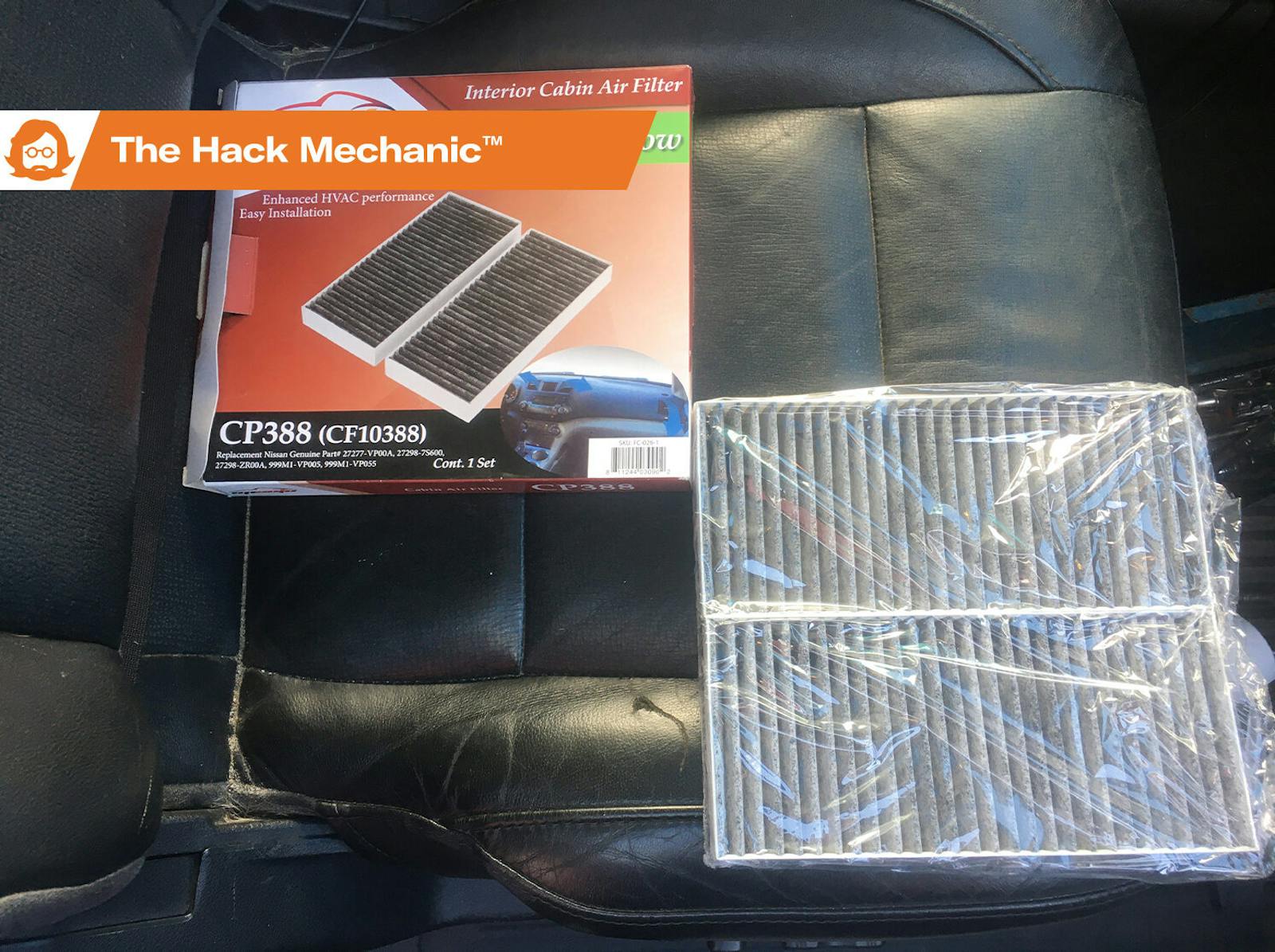When you need a special tool, should you rent or buy?
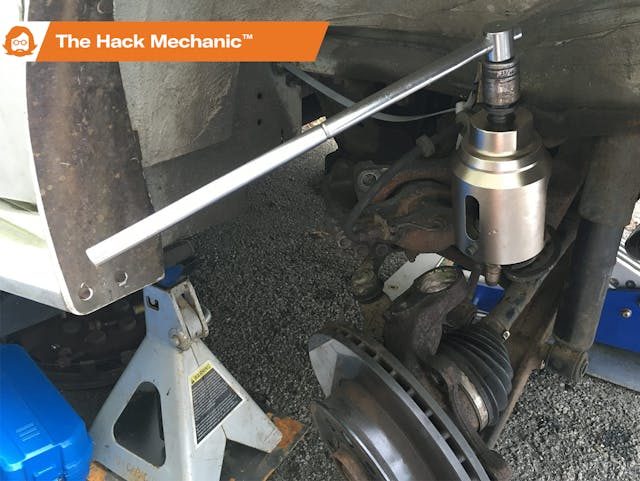
With the machinations of the mouse-infested truck largely behind me, I turned my attention back to the other oddball non-vintage vehicle in my driveway—the 1996 Winnebago Rialta (a Volkswagen Eurovan with a Winnebago body on the back).
My wife and I were planning to take the little RV up to central Vermont for our anniversary at the end of August—a longer and hillier drive than the two-night stints on Cape Cod we’ve largely used it for. There were two repairs that I wanted to squeeze in on the Rialta before the trip. The first was to do the upper ball joints. They had no play, but the boots were torn. I wrote about doing the lower ball joints in July and talked about “the two-sided advantage” where, in a bilateral repair, you learn while doing the first side so naturally the work on the other side typically goes much faster. Unfortunately, removing the upper ball joints requires a special puller, and it’s not cheap, so I put it off. However, the Rialta felt like it was out of alignment, I didn’t want to put 400 miles on it when it was wandering on crowned roads, and there was no sense aligning it until all the needed front-end components were replaced.
The second repair was the rear wheel bearings. Inexplicably, Winnebago didn’t up-rate them from the standard VW Eurovan bearings, even though the Rialta is a 7000-pound vehicle, so if the rear wheel bearings begin to show signs of wear (rumbling, chirping, or play), it’s important to not only replace them but to install the correct German heavy-duty bearings. However, rear wheel bearing replacement also requires some tools I don’t have. They’re not as special as the Eurovan-specific front ball joint puller—just a plate-and-cup bearing puller and a slide hammer—but I don’t currently own them.
The big three auto parts stores (AutoZone, Advance Auto Parts, and O’Reilly’s) all have tool rental programs. Basically, you buy the tool on a credit card, return it within the required window (and this varies between 24 hours and 45 days; make sure you know what it is), and they fully refund the balance to your card. If you’re short on money and they have the tool that you need, it’s a great way to lower the cost of a DIY repair.

But if you’re like me (and, admit it, you probably are), you like owning tools. You don’t want to have to run down to AutoZone, find out that they’ve already loaned out the tool, or that the bearing puller doesn’t fit your bearing. Case in point: The pilot bearing in older BMWs is very small, and most of the rented bearing pullers I’ve tried don’t fit. I’ve never had luck with the pack-it-with-bread-or-soap technique. I finally just bought the correct bearing puller and the little slide hammer it threads onto. It wasn’t terribly expensive, and I love knowing that I have it and can press it into service without wasting time hunting one down.
So, the tool calculus goes something like this: If you can afford the special tool, and you think you’ll use it more than once, and it’s available to buy and can be shipped to you in the time frame you need, OR if it’s simply not available for rental and you can stomach the cost, you buy it. But if it’s really pricey to purchase and it’s available for rental, OR if you need it right now and a local store offers it, then you rent it.
The other parameter is the cost of the tool versus paying someone else to do the job. If the tool isn’t available for rent and costs $500 to buy, but the repair is only an hour’s labor for a pro and you don’t expect to ever do it again, the economics of buying the tool probably don’t make sense (unless, of course, you just want it because it’s cool). But if the repair is impossible or onerous without the tool, and the cost of buying it is substantially less than paying someone else for the repair, then you consider buying it, even if it’s only for a single use. At least I do.
And thus, we approach the first repair—the Rialta / Eurovan’s upper ball joints. The special tool is cool, as it slides around the protrusion in the upper swing arm and lets you press the old ball joint out and the new one in with the swing arm in place. VW forums are full of references to the Sealey VSE725, the professional-quality upper ball joint extractor you’d use if you owned a shop and did this repair daily, but it’s a $350 tool. However, as is the case with so many of these kinds of special tools, if the demand is high enough, Chinese-made knockoffs appear. I found they were available on Amazon/eBay for as low as $80, and I clicked “buy.”
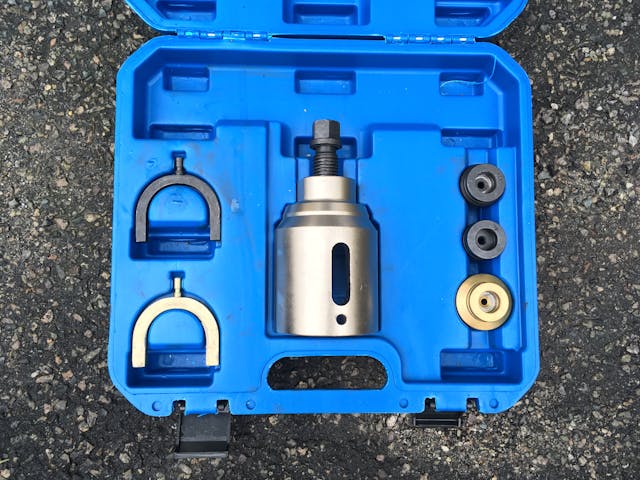
One thing to keep in mind when buying the inexpensive version of a tool for less than one-quarter the cost of the professional model is that you’re fooling yourself if you think the quality is the same and the tool will stand up to the same day-in, day-out use. Specifically, on any threaded puller, if the tool’s instructions say not to use air tools on it, don’t use air tools on it. If videos show a pro in a shop using an impact wrench to zip a bearing or a ball joint out in 10 seconds, they’re likely using the pro version of the tool with Grade 8 fasteners that are designed for that. Inexpensive versions will almost certainly use lower-grade threaded rods and nuts that can be destroyed, sometimes in a single use, by the application of an impact wrench. Fortunately, the $80 ball joint extractor did its thing with a breaker bar and without any drama.

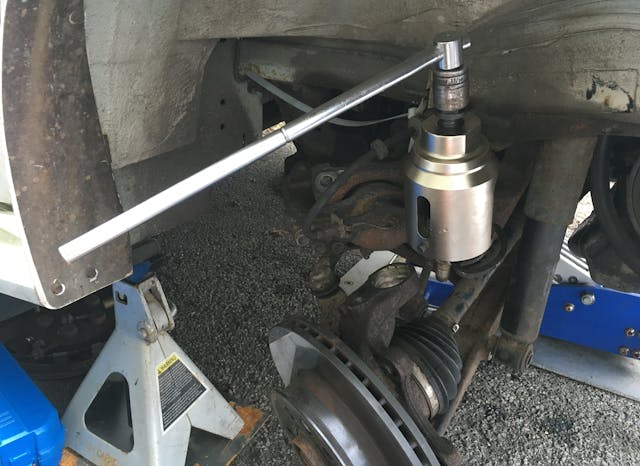
The fact that I’m a vintage BMW guy and not a Volkswagen Eurovan / T4 / Transporter guy, and that this may be the only time I use this tool, didn’t bother me a whit. With a local shop giving me a $350 estimate to replace the uppers, the economics of the purchase made overwhelming sense. And yes, the other side did go twice as quickly as the first.
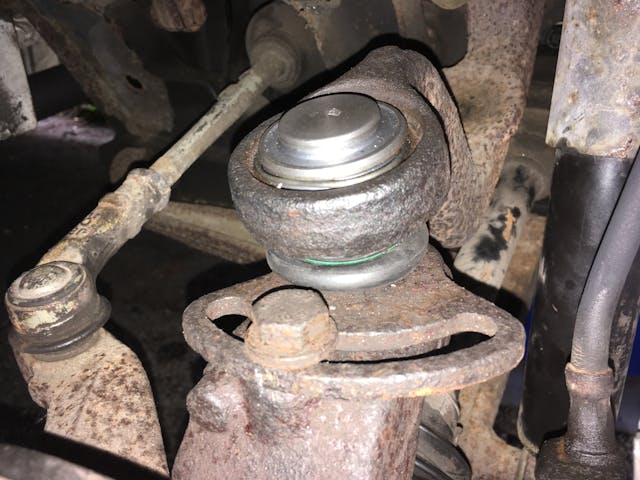
The rear wheel bearing was much tougher. As I’ve written before, this vehicle is small for an RV (21 feet), but it’s still a 7000-pound rig, and it’s too tall to fit in my garage, so any jacking has to occur on my asphalt driveway. I do that very carefully with both the floor jack and jack stands on metal plates and the floor jack left in place during the repair.
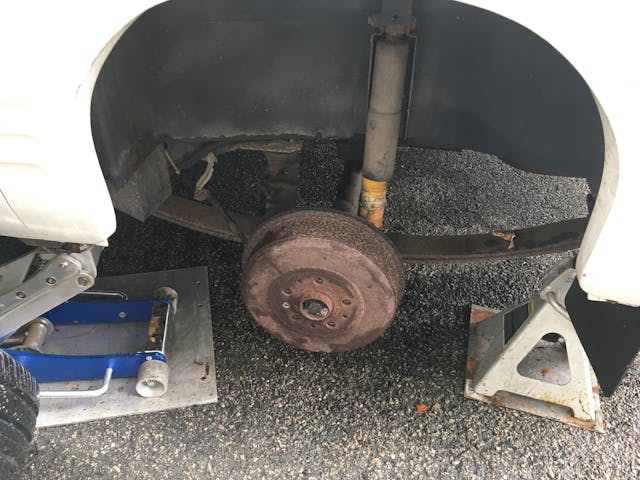
Here, the special tools weren’t at all special—just generic stuff that I don’t happen to own (yet). I needed a five-pound or bigger slide hammer to mount to the puller I already own and attaches onto to the hub with the lug nuts, as well as a traditional plate-cup-and-threaded-rod bearing puller. Neither are terribly expensive; the puller sets are as low as $65 on Amazon, and bare slide hammers (no attachments) are as low as $30.
The problem was that I’d waited too long. I’d scheduled an appointment for the day before we were scheduled to leave to get the RV aligned. The rear wheel bearings needed to be done before that, and shipping times from Amazon for the tools overran those deadlines. Harbor Freight does sell slide hammers and cup-and-plate bearing pullers, but I thought I’d try rental first.
The websites for AutoZone, O’Reilly’s, and Advance Auto Parts show what tools they rent. The trick is to identify online the set you think you need, and then call the local store and see if they have it in stock. Pullers and extractors can be funny things in that the applicability of generic tools to your specific car (clearances and such) is difficult to predict, but in the case of the rear wheel bearings, it was largely a matter of making sure that the rented kit had a plate just smaller than the diameter of the bearing, and a cup slightly larger to pull it into. An O’Reilly’s located in the next town sold/rented me an Evertough 67213 Master Wheel Hub and Bearing Remover and Installer kit (the same design as the OEMTools 27213). In addition to the threaded rod and cups and plates, it also contained a large semicircular appliance to extract the hub from the bearing, but it seemed that to use it I’d need to remove the brake shoes, so instead I rented a slide hammer, as I’ve done in the past.

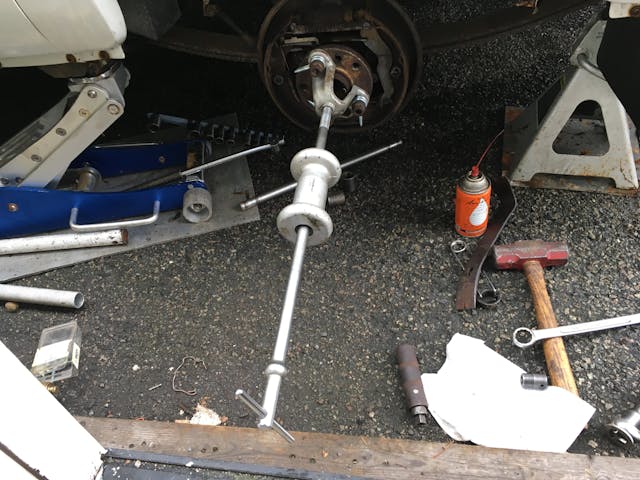
Unfortunately, I don’t have the upper body strength that I used to, the low height of the RV’s rear wheel bearing seems designed to anger up my back, and I was worn out by the repeated whack-whack-whack of the slide hammer that was required to get the hub’s spindle out of the bearing’s inner sleeve. I then configured the right-sized plate, cup, and threaded rod for extraction of the wheel bearing. Unfortunately, the instructions for the tool explicitly forbid the use of air tools, so I had to crank a quarter-turn at a time with a half-inch breaker bar. Even with a pipe on the end of it, it was exhausting work.
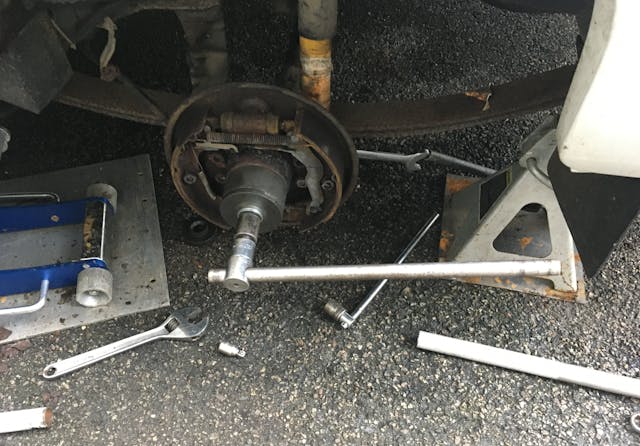
By the time I got the bearing out, I was completely spent and called it a day.

The next morning, I went through the process in reverse, installing the new heavy-duty wheel bearing. That went a bit easier, as the surfaces could be lubricated, but it was still crank-by-crank work.
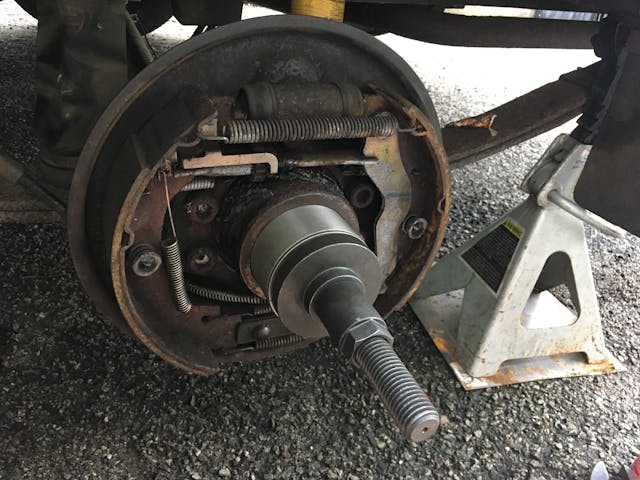
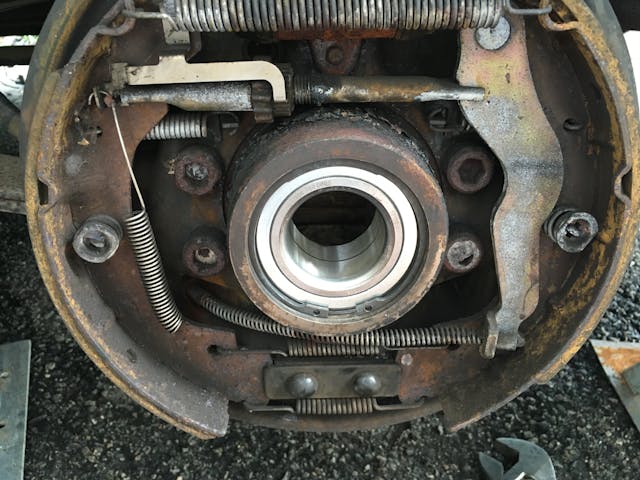
Next, I needed to pull the hub and its spindle back into the inner bearing sleeve. That’s also done with the plates and threaded rod, taking care to use a small plate so the load is borne by the inner sleeve alone (you don’t want to yank the bearings out of the race). Once that was done, it was just a matter of tightening down the bolt, flange, and new self-locking nut on the end. 148 ft-lbs of torque required me to stand on the end of the torque wrench, something I don’t need to do often.
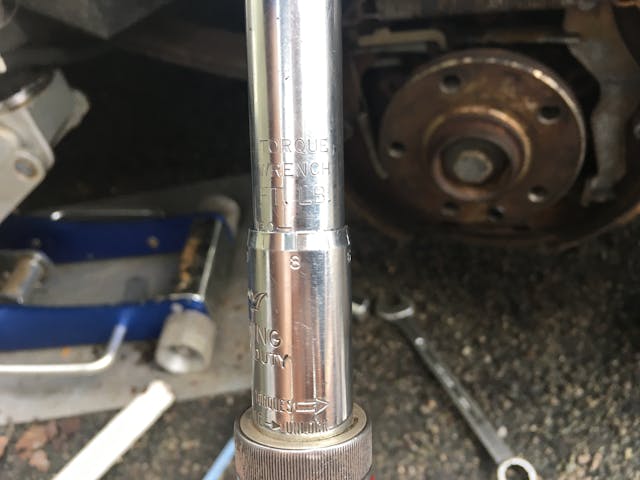
I still had a full day of the 48 hours on the rented tools remaining. You’d think that the “two-sided advantage” would’ve made me immediately attack the rear wheel bearing on the other side, but instead, it had the opposite effect. Having done one side and experienced the discomfort and exhaustion caused by the combination of the low position, the need for the slide hammer, and the manual cranking to both remove the old bearing and install the new one and the hub, the last thing I wanted to do was turn around and apply that knowledge to the other side. Only one side had been rumbling. I replaced that side, called it success, and returned the tools. I’ll do the other side another time.
So, what tools will I use when I get around to doing the other side? If I’m not time constrained like I was this time, will I buy rather than rent? Thinking about it, if there’s a convenient way to avoid the use of the slide hammer and all that manual cranking of the bearing puller (meaning pulling off the brake shoes and using an impact wrench), I’d be all ears, but looking online, the instructions in the value-priced OEMTools 27213 set also forbids the use of air tools. It looks like you have to move up to the pro-quality OTC 6575 Hub Grappler Wheel Hub and Bearing Puller Kit to get one that’s beefy enough to use with an impact wrench, and that’s a $500-ish bit of kit. Maybe I’ll keep my eyes open for a used one.
(Interesting final digression: Looking at videos of the hub and bearing puller kits being used, I realized something subtle. To do the rear wheel bearings on the Rialta, the vehicle was on the ground, with one rear wheel jacked up. The rear carrier—the thing that the rear bearing and hub mount in—was immobile. It wasn’t dangling. There was a floor jack or a jack stand directly beneath it. Thus, you could put a breaker bar on a bearing puller that’s passing through it, put a pipe on the end of the breaker bar, and crank away, standing on the pipe if necessary. In contrast, the hub and bearing puller kits described above are shown being used on the front of a front-wheel-drive vehicle. Typically, the car is up on a lift, and the steering knuckle is dangling at some odd angle because it’s been separated from the CV joint to get behind it and pull the bearing out. Thus, you may not be able to put a breaker bar and a pipe on the puller because you could easily damage components, such as the lower ball joint from which the thing is hanging. It’s great that these tools are available and enable you to pull front wheel bearings without pulling the steering knuckle off the car and putting it on a benchtop hydraulic press, but it’s curious that OEMTools’ own video shows their tool being used with an impact wrench when the instructions, at least the ones I find online, specifically say “DO NOT use air tools.”)
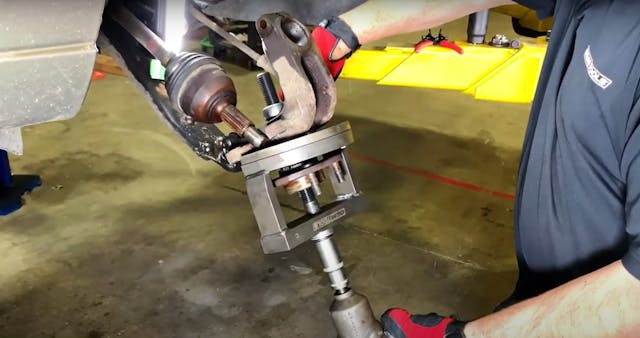
All that having been said, I am grateful for the tool rental programs at the big-box auto parts stores. Despite my complaining about my aching back, I was able to, at no cost, borrow what I needed to get the rear wheel bearing changed. If you do take advantage of tool rental like this, be sure to show your support by buying some consumables like oil and brake cleaner from them as well.
***
Rob Siegel’s new book, The Best Of The Hack MechanicTM: 35 years of hacks, kluges, and assorted automotive mayhem, is available on Amazon. His other seven books are available here, or you can order personally-inscribed copies through his website, www.robsiegel.com.

